Ear wax is a yellowish material in the ear. It is also called cerumen. Its role in the body is to protect the inner ear from dust, dry air, insects, and microbes. Although it is beneficial to the ears, its accumulation can be irritating.
So, are you also facing the same? And the constant itching in the ears is not letting you do anything? Also, are you frustrated with how this wax affects your hearing, makes you dizzy, and accumulates no matter how much you clean the ears?
If yes, we are here to help you know the cause of this wax overproduction and its treatment as well.
Therefore, let us talk about the 8 foods that cause ear wax here.
Table of Contents
- Part 1: Is Ear Wax Bad?
- Part 2: 8 Foods That Cause Ear Wax Production
- Part 3: Other Factors Affecting Ear Wax Production
- Part 4: How to Clean Ear Wax at Home?
Part 1: Is Ear Wax Bad?
Ear wax is a pale to brown-yellow semi-solid matter produced by the ear canal glands. It traps dust, and bacteria, and sheds hair, slough, and dead skin cells.
This forms a soft to hard substance in the middle ear cavity. Ear wax is a natural material produced by the ears. It is removed from the ears naturally as well in most cases.
The role of ear wax is to keep the skin of the ears moisturized, prevent the invasion of the inner ear by microbes and dust, and clean the dead skin cells. Therefore, ear wax is not bad and you should leave it alone to protect your ear.
But, in some cases, people might produce more wax than needed and it becomes hard and impacts the ears causing discomfort. Under these circumstances, the removal of the wax is mandatory.
Part 2: 8 Foods That Cause Ear Wax Production
Here are the 8 foods that are associated with increased production of ear wax.
1. Dairy Products
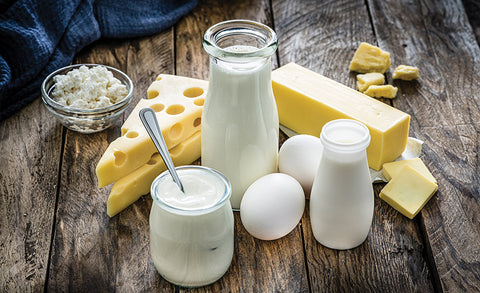
Increased consumption of dairy products including cheese, milk, yogurt, and eggs triggers ear wax production. The exact mechanism behind it is poorly understood.
However, several theories suggest that the calcium, saturated fats, and lactose present in dairy products are the culprit. Also, it occurs in greater frequency in people with lactose intolerance and a history of ear diseases.
So, if you notice that your ears produce more wax when you consume dairy products, it is time to shift to lactose-free and fat-free milk, yogurt, and cheese.
2. Gluten
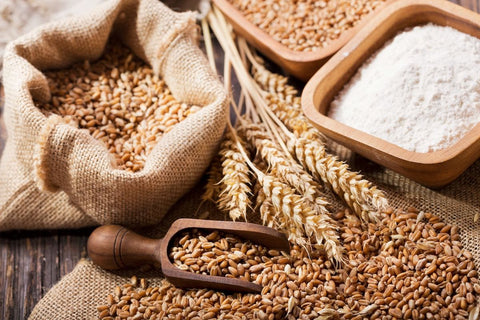
Gluten is a substantial component of the ingredients of our staple diet. These include wheat, barley, rye, and rarely oats. Although these products are safe to be eaten in healthy people and they do not affect wax production in the ear, this is not the case in people with celiac disease.
Gluten stimulates allergy in such people. This allergy results in the production of inflammatory mediators. Inflammatory mediators cause increased wax production in the ear.
3. Oily Foods

Saturated fats present in fried items and fast food can also be a source of increased wax production in the ear. The mechanism is based on the inflammation that results from eating unhealthy meals containing fat.
This inflammation stimulates the production of wax from the glands in the ear canal as a compensatory mechanism.
In contrast, foods rich in omega-3 unsaturated fatty acids like fish, flaxseeds, and dry fruits reduce inflammation and thus ear wax.
4. High Sugar Foods

High sugar is present in present in processed juices, sauces, granola bars, and energy drinks. Non-regulated intake of such foods also has a link to the overproduction of wax in the ear canal.
It is because these are unhealthy foods for the body that cause inflammation in the ear canal. One of the effects of inflammation is wax production in the ears.
So, replace the artificial fruits and energy drinks in your diet with fresh fruit juices and healthy meals.
5.Salty and Processed Foods

Salty and processed foods have a high level of sodium in them. The function of this sodium in the body is to trap water and prevent cellular dehydration.
However, excess sodium can cause swelling by excessive water retention. So, it can increase the amount of wax present in the ears by interfering with the feedback mechanism of ear wax production.
Therefore, it is best to restrict salt intake for the sake of your ears and blood vessels.
6. Caffeine
Although a single cup of coffee every day is fine, overconsumption of coffee can harm your stomach, heart, and ears. How does it do so?
Well, caffeine is a dehydrating agent that makes the skin and mucous membranes dry. When the same happens in the ears, their glands begin to produce more wax to moisten the ear canal.
Therefore, make healthy water your best friend and give up on unhealthy coffee if you are frustrated by ear wax blocking your ears. Also, avoid alcohol as it has the same effects.
7. Spicy Foods

Spicy meals are prepared by putting more species in dishes like soups, rice, and curry. Also, they occur naturally in foods like chili peppers, cayenne, and jalapenos. These can also cause ear wax.
This is because spicy foods stimulate sweat, salivary, nasal, and ear canals to secret their secretions. The ear canal produces wax and the skin produces sweat. Both of these mix and cause impact wax in the ear canal.
However, using spices in moderation does not affect the ear wax.
8. Acidic Foods

Most of the foods discussed above belong to the acidic category. In addition, meat, sodas, seafood, and packed snacks are also acidic.
These foods interfere with the pH of the ear canal and make it produce more wax. So, limiting the intake of such meals can help you with the overproduction of the wax.
Part 3: Other Factors Affecting Ear Wax Production
Diet plays an important role in ear wax production. However, it is also affected by the factors given below.
Genetic Predispositions
Genetics determine the structural development of your ears and the functional development of the cerumen glands.
Thus, if your ear canal is small or glands are hyperactive, you can suffer from ear wax. Also, ear wax can result in people genetically predisposed to allergies because of hypersensitivity and inflammation.
Individual Variations
Individual factors including age, family history, physical stress, anatomy of the ear canal, ear picking, and ear infection also increase the risk of wax production in the ear.
Environmental Factors
Environmental factors like noisy and crowded surroundings, pollens, dust, and other allergens in the environment can also affect wax production in the ears.
Exposure to such factors causes a buildup of wax in the ears.
Lifestyle
Your lifestyle and routine including how often you go to an ENT doctor for regular ear checkups or professional cleaning, if you wear an ear aid regularly, and how long you wear earphones also impact wax impaction in the ears.
Part 4: How to Clean Ear Wax at Home?
When you cannot control the production of the wax in the ears, the ultimate step is to maintain ear hygiene by cleaning them regularly. So, here is how you can clean the ear.
Bebird Note 5 Pro Cleaning Device
The Bebird Note5 ear cleaning device is a camera-operated device with tweezers and curettes to remove the ear wax without harming the ear.
Its features include,
- -Otoscope:10-megapixel otoscope with LED lights to look inside the ear clearly.
-
-Tweezers: Ear tweezers with silicone covers to remove the wax without causing trauma in the ear canal.
- -Replacement tips: Multi ear wax cleaning replacement tips to remove the wax impacted in the ear meticulously.
- -Magnetic cap: Magnetic cap that switches on and off automatically.
- -Wi-Fi: Connection to Wi-Fi for a better user experience.
How to Use Bebird Note5
Here are the steps to use a Bebird Note5 ear-cleaning device.
Step 1: Connect the Device
First of all, download the Bebird app by scanning the QR code given in the instruction manual. Open the magnetic lid of the device to turn it on automatically. Turn on the Wi-Fi on your mobile phone and connect it to the device.
Step 2: Setting up the Device
Now open the camera of your phone and insert the device with tweezers in the ear canal. You would be able to see the inside of the ears along with the wax. You can also insert an ear plug into the device to prevent accidental damage. Select the right or left visual view according to your convenience
Step 3: Using the Device
Start using the device to remove ear wax. Press on the sides of the device to close the tweezers and release the pressure to open them. Remove the device from the ears once you are done cleaning the ears
Step 4: Storing the Device
Put a cover on its tweezers to protect them. Put the lid of the device on and keep it in a cool dry place.
Conclusion
The physiological production of ear wax is sometimes altered by diet, lifestyle, environment, and a few other factors. This leads to increased production of the ear wax and blocking of the ears.
So, you can restrict the intake of dairy products, gluten, processed meals, sugary beverages, and high-fat meals to reduce the overproduction of wax in the ears.
Also, research more and consult a doctor if you are confused about the cause behind excessive wax in your ears. Lastly, as you cannot control the environment and genetics, use ear-cleaning devices to keep the impacted wax in check.










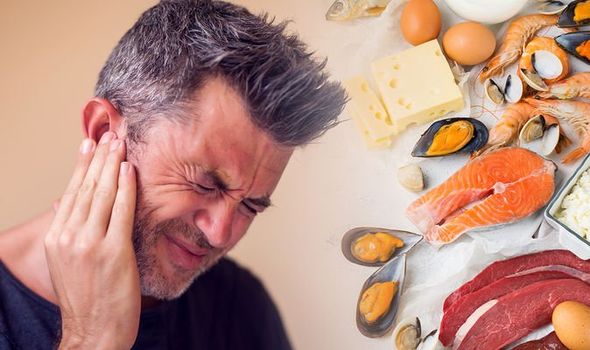
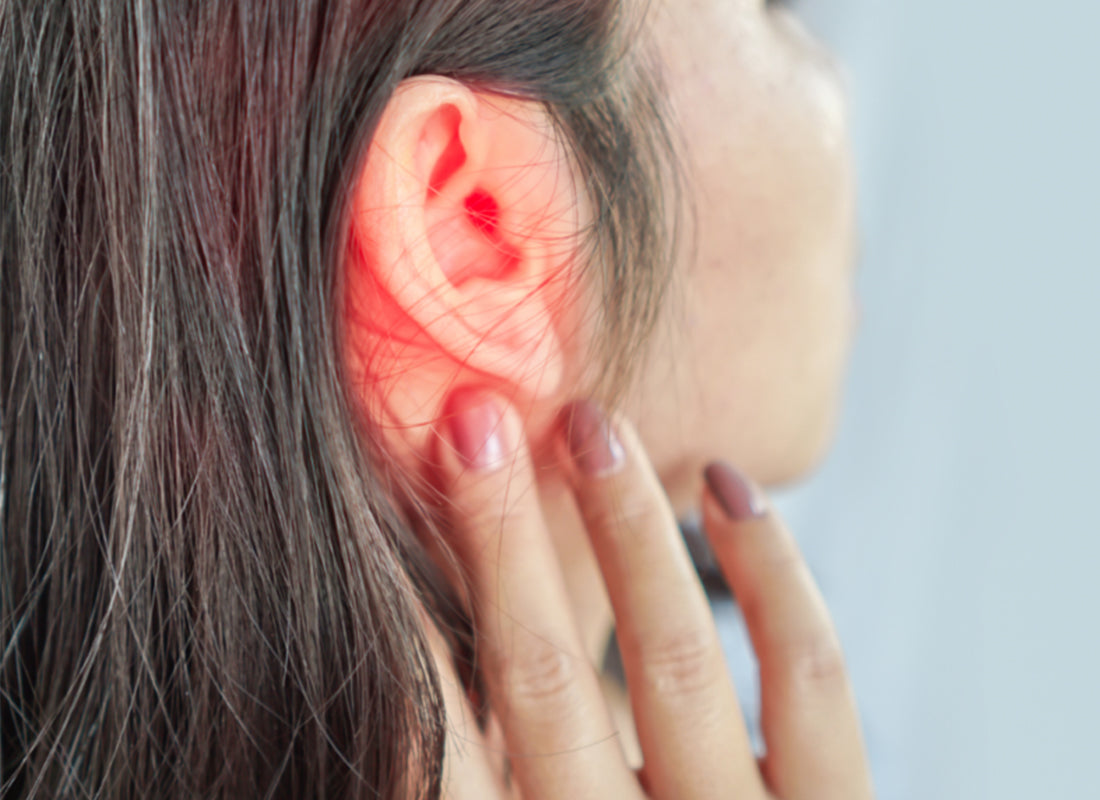

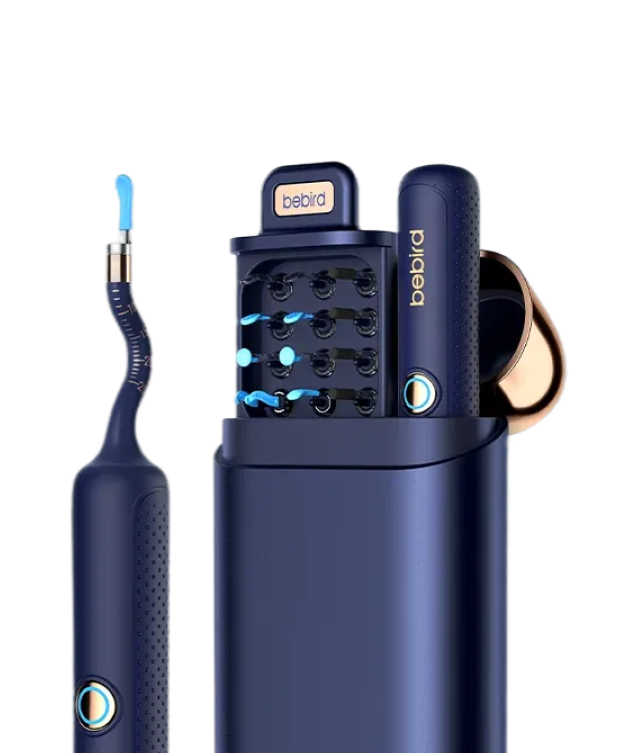


Leave a comment
All comments are moderated before being published.
This site is protected by hCaptcha and the hCaptcha Privacy Policy and Terms of Service apply.